Before you even consider if you should visit Japan, just think – where else in the world can you watch a live robot show, wander beneath cherry blossoms, go wild at the pachinko parlours, hop on a train moving at the speed of light and feast all night at a 24-hour ramen bar?
The answer: Japan, and only in Japan.
Read on to find out if you should visit this incredible country.
| Capital | Tokyo |
| Official language | Japanese |
| Population | 127 million (2016) |
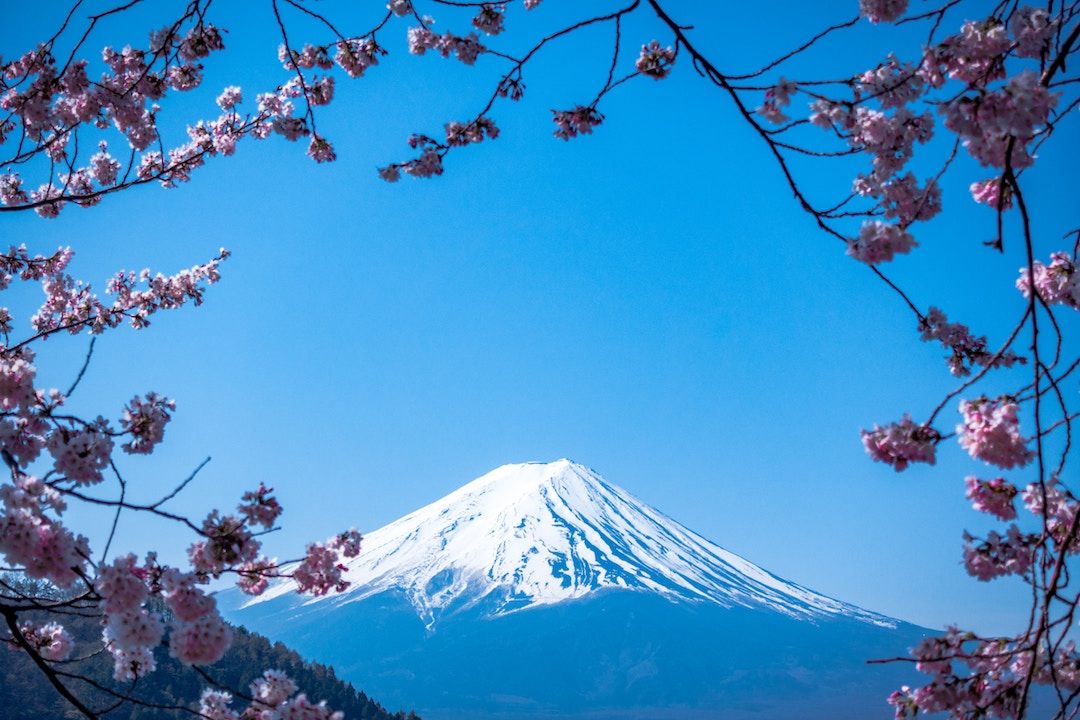
What kind of traveller is Japan suited for?
Japan is an incredible, multi-faceted destination complete with a million and one things to eat, see and do. At first glance, Japan might look overwhelming. Just imagine a complete lack of street signs. A tonne of dazzling lights. Futuristic toilet-seats. Those infamous capsule hotel rooms. While some would call this a complete sensory overload, others would consider this an exciting challenge.
Just ask yourself, what do you want to achieve when visiting Japan?
If you’re searching for a series of weird and wonderful food experiences, Japan will do the trick.
If observing a sumo wrestling match is on your bucket list, only a trip to Japan will suffice.
If staying overnight at a traditional ryokan sounds like an incredible experience, you know where to go.
If you’re looking to take a dip in a traditional onsen, then Japan is calling.
And so the list goes on.
Truth be told, Japan can accommodate the majority of travellers and for those seeking authentic, local experiences.
Do I need a visa for Japan?
Visa legislation is subject to change. Always check with the embassy in your country for the most up to date information. Most nationalities will find they can travel to Japan without a visa.
When should I visit Japan?
- Spring (March to May) – An increasingly popular time to set foot in Japan, spring offers a number of large draw cards for visitors, including cherry blossom season and Golden Week (early May).
- Summer (June to August) – Often, June and July are subject to much higher rainfall.
- Autumn (September to November) – Consider travelling in October when the crowds start to die down. Also, the humidity becomes far more bearable. Be sure to take advantage of the impressive fall colours across Japan when the leaves change.
- Winter (December to February) – Winter lovers, unite! One of the best times of the year to visit and enjoy a range of winter activities and smaller crowds. The closer you are to the Japanese Alps, the greater the chance of snowfall. If you’re planning to stay grounded in Tokyo, you can expect little to no snow.
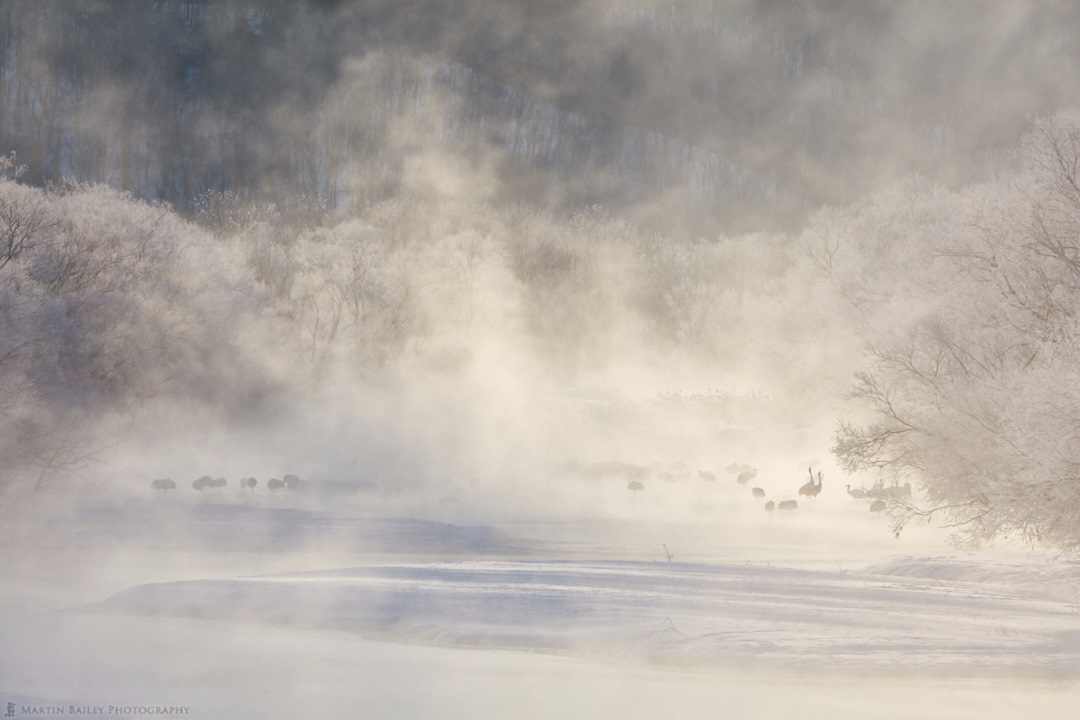
Japan is one of the most advanced countries in world, and yet they have held on to their traditions, creating a rich and diverse culture, spanning the modern and the ancient, with everything in between. People don’t often realize that Japan has some of the most beautiful landscapes and is home to a number of rare species of birds, such as the Japanese Red-Crowned Crane, which has been restored to a population of 1,200 from just 33 after World War II.I recommend Japan as a winter destination for people interested in photographing the Red-Crowned Cranes, Steller’s Sea Eagles and White Tailed Eagles, as well as Whooper Swans, Ezo Deer and Northern Red Fox, all found on Eastern Hokkaido in beautiful winter surroundings during January, February and early March. Hokkaido is also a beautiful place for minimalist winter landscape photography. – Martin, Martin Bailey Photography
How much time do I need in Japan?
An eternally impossible question to answer; but here we go anyway. Visitors should allocate anywhere between five to seven days minimum to cover the major cities. To spend further time beyond the major cities, two weeks would allow for enough time to explore Japan.
How do I get around Japan?
While there are a number of local tour operators in Japan, there are plenty of transport options to navigate your way across the country with ease.
- Ferry: Take to the water and enjoy a ferry ride when making your way between the islands of Japan.
- Bus: A relatively cost-effective mode of transport, the bus network in Japan will service most locations with overnight or shorter journeys.
- Car: In Japan, renting a car is definitely an option for most travellers and is especially recommended in Hokkaidō and Okinawa.
- Air: Take to the air and make the most of a generous network of domestic flights available for visitors to hop between cities with ease. A word of caution – avoid the relatively inconvenient Narita airport if possible.
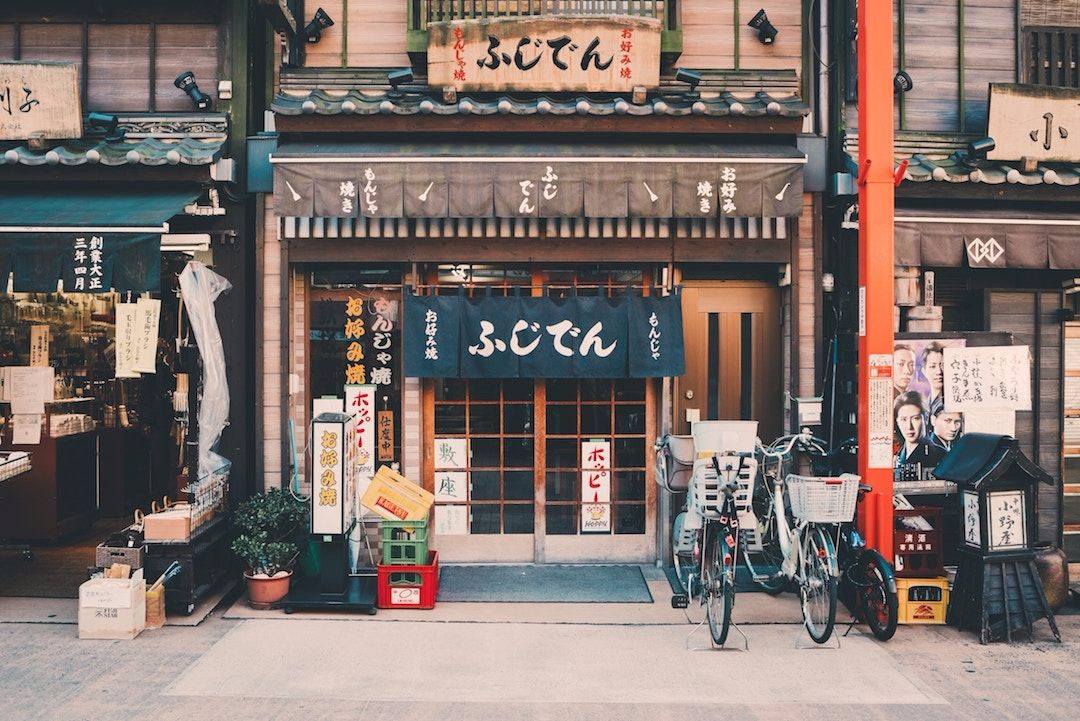
What Do I Need To Know Before I Go?
- Cash money is the way to go in Japan, with most restaurants and businesses trading with just the paper stuff. Where possible, aim to keep those paper notes crispy fresh and avoid handing over any severely crumpled notes. This can be seen as disrespectful.
- Within moments of arriving in Japan, you will soon find the importance of an izakaya in Japanese culture. Similar to the local taverns or pubs found within your respective home country, an izakaya holds a strong significance in crafting the friendly and highly social food scene across Japan.
- Be sure to read up on the appropriate dining etiquette across Japan, as this can differ greatly from the table manners you may have grown up with at home. Sometimes, you will be required to remove your shoes and may find yourself eating a meal at low tables and sitting on cushions.
- There is a non-existent tipping culture in Japan. Many see the gesture to be rude and sometimes offensive.
Is Japan Safe? Should I Travel Solo?
In Japan, you could easily carry a wad of cash with almost zero risks to your safety. Of course, approach this suggestion with caution but with Japan frequently listed as one of the safest countries to travel in 2017 by the Global Peace Index, you can rest easy and travel safely.
Language
- Hello
- Konnichiwa
- Goodbye
- Sayōnara
- Good night
- Oyasuminasai
- Thank you
- Arigatō gozaimasu
- Yes/No
- Hai/Iie
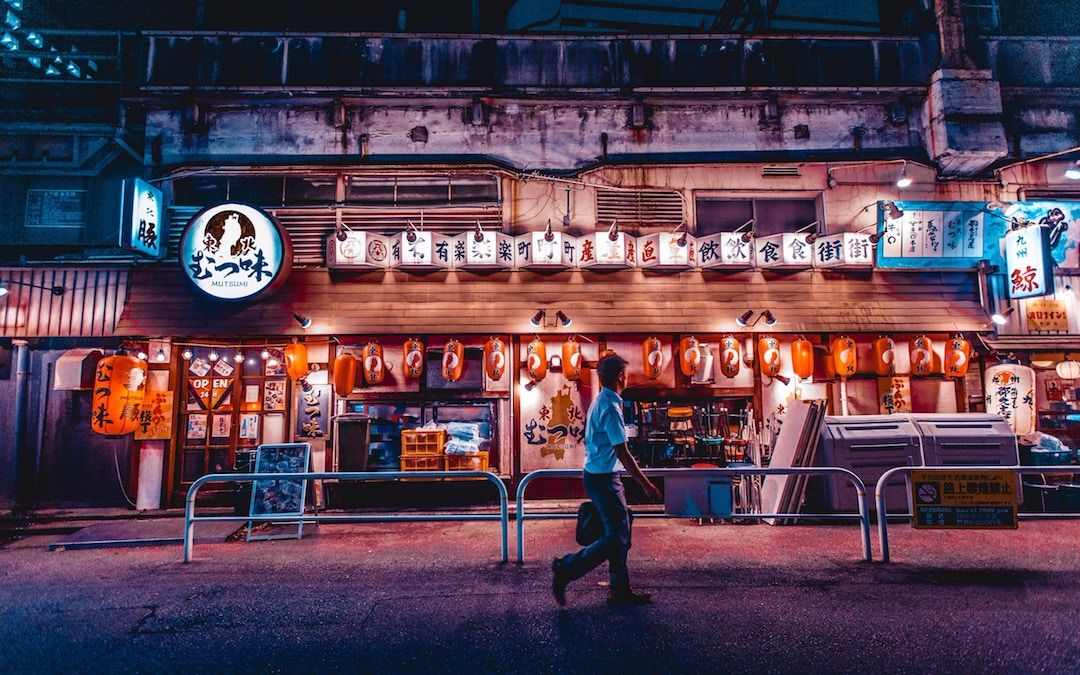
Japan is special in its own way. The culture, the food, the people, as well as the technology is so stunning and breathtaking. You can have the old Japan, with its ancient traditions in form of a geisha performance, onsen (hot spring) visit in the mountains, tea ceremony or shrine visit. In contrast to this, there is the modern Japan, full of smart systems and electronics, colorful advertisement and displays, architecture as well as lifestyle. – It will never get boring in Japan. – Alice M. Huynh, Travelblogger at iHeartAlice.com
Activities in Japan
Stay at a ryokan
Take a journey along one of Japan’s many highways to find a typical ryokan or guesthouse, and stay the night to experience traditional Japanese customs and traditions. Mostly featuring tatami-matted flooring, futon bedding, sliding doors, communal areas and shared bathrooms, just keep in mind that the experience is unlike staying at a Western-style hotel.
Walk the Shibuya Crossing
Many of us would conjure up an image of the Shibuya Crossing when we think of modern Tokyo. See for yourself why this crossing holds such a reputation as one of the world’s craziest intersections.
Admire the famous cherry blossoms.
Synonymous with Japanese culture and history, to see these majestic trees in full bloom is a truly enchanting sight to behold
Visit the Studio Ghibli Museum
Helmed by Hayao Miyazaki, the notable Japanese studio has been in operation for more than 30 years, producing intricately hand-drawn feature films, shorts and the occasional television commercial. See the films come alive at the museum and explore an astounding series of themed rooms and more. Buy your tickets in advance to avoid missing out.
Gaze at Mount Fuji
Instantly recognisable, the snowcapped peaks of Mount Fuji can be viewed just outside Tokyo.
Arashiyama Bamboo Grove
Located just outside of Kyoto, this pathway of bamboo is a standard bucket list item for visitors to Japan. To enjoy the bamboo-laden path at its most peaceful, make sure to visit outside of peak hours (think early morning or late evening).
Traipse across the Tottori Sand Dune
Yes, there are sprawling sand dunes just nearby the Sendai Gawa River. An unusual experience in Japan, visitors can go sandboarding or jump on a chairlift for a scenic ride.
The can’t miss experiences
Everyone will tell you to visit Tokyo, hang out in Gion, eat sushi and maybe pay a visit to Mt. Fuji but what about the especially unique destinations and experiences that are littered throughout the country? We’ve got a few items for your Japan bucket list below:
Hase-dera
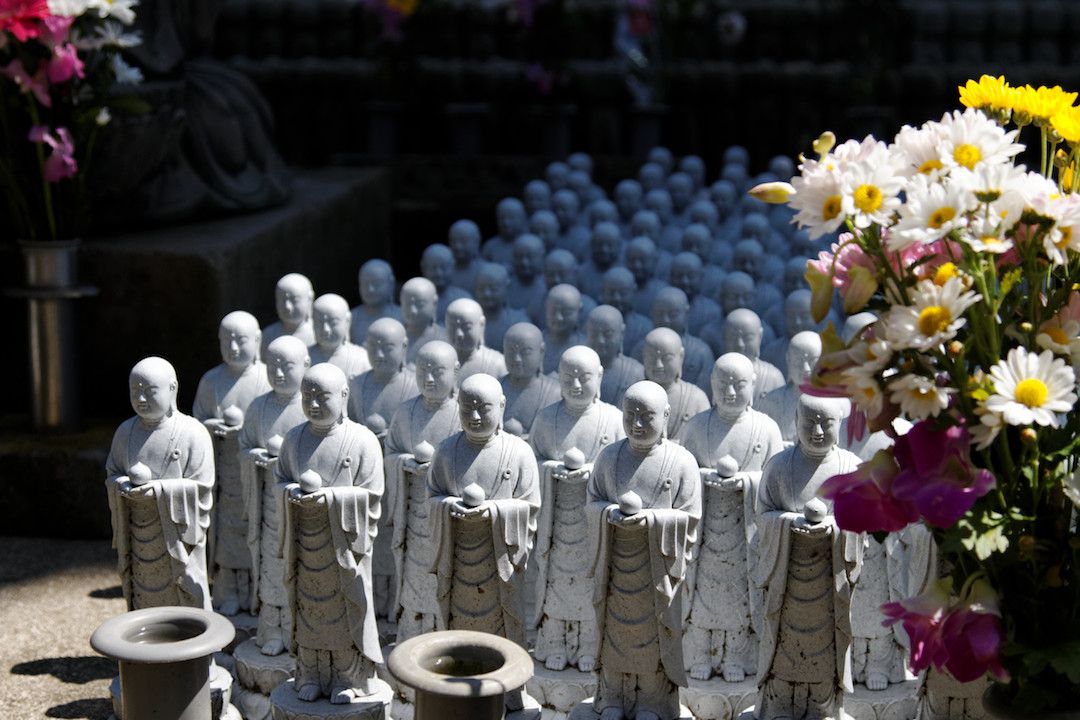
One of the largest wooden statues in Japan, that of Kannon, the Goddess of Mercy can be found at the Hase-dera Temple in Kamakura. At the Hase-dera Temple, you will also find next to the main hall is the Kannon Museum showcasing historic treasures, including Buddhist statues and other artefacts.
Nara Park
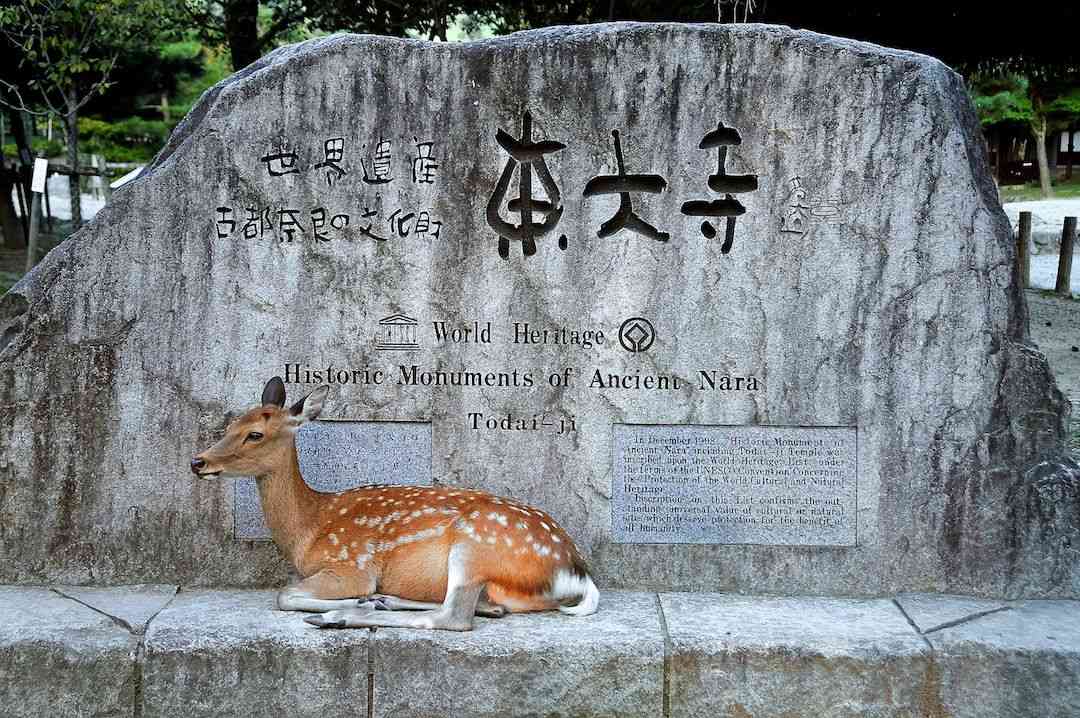
At one of the oldest parks in Japan, over 1,200 deer roam free at Nara Park and the surrounding mountains. The deer have become a symbol of the city and have been identified as a natural treasure. Nara’s deer are mostly tame, although they can be aggressive if they think you have food, so watch out!
Fushimi Inari Shrine
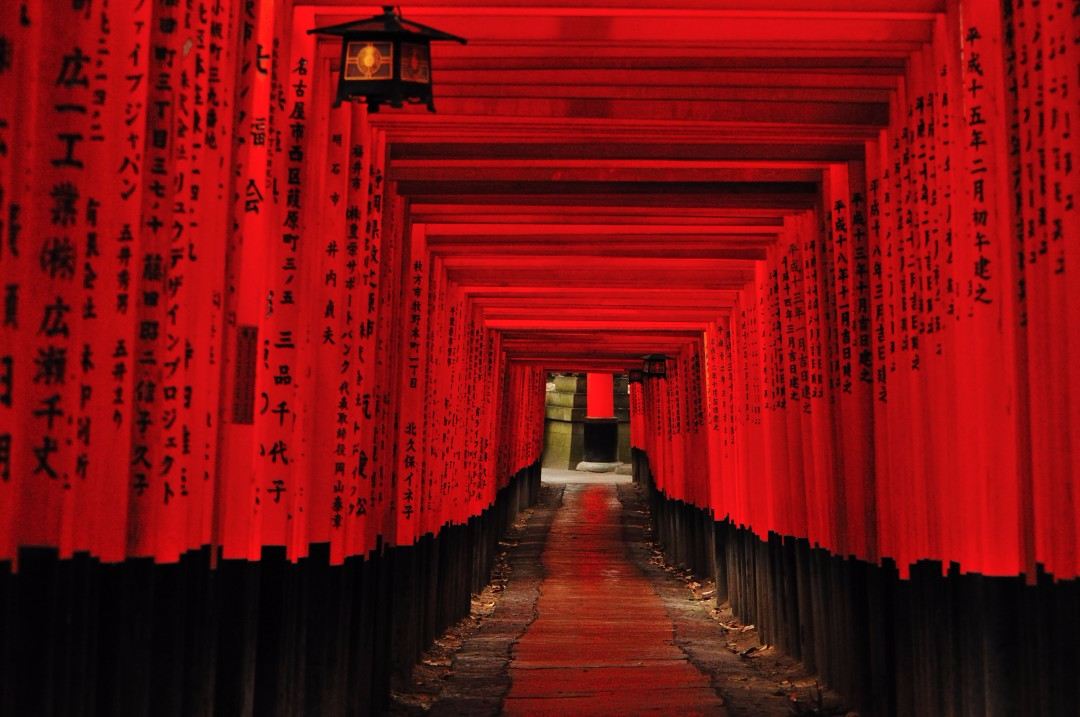
A deeply impressive attraction, the shrine sits at the base of Mount Inari in southern Kyoto. The awe-inspiring design features a number of sub-shrines which span almost four kilometres up the sacred mountain. Whatever you do, don’t miss this.
Ryogoku Kokugikan
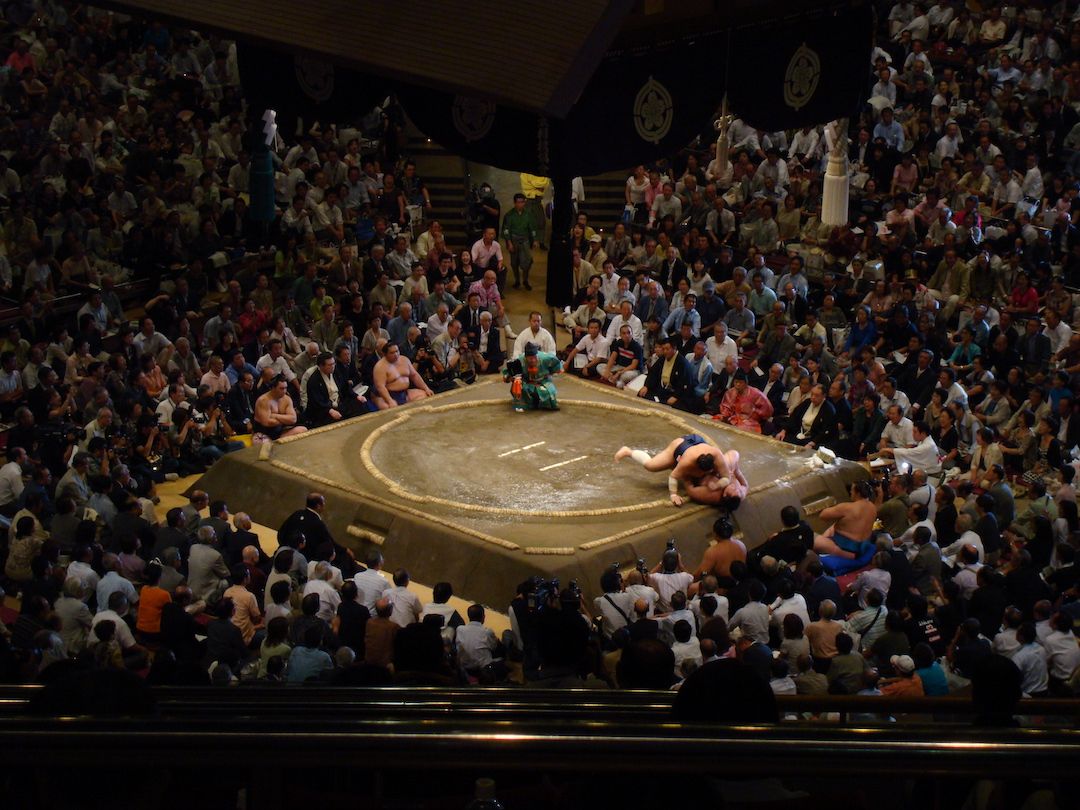
Frequently known as Ryōgoku Sumo Hall, this venue is an indoor sporting arena where you can watch a sumo wrestling match. While you’re there, take a look at the attached museum dedicated to the sport, where you can learn about the history and origins in more detail.
Yoyogi Park
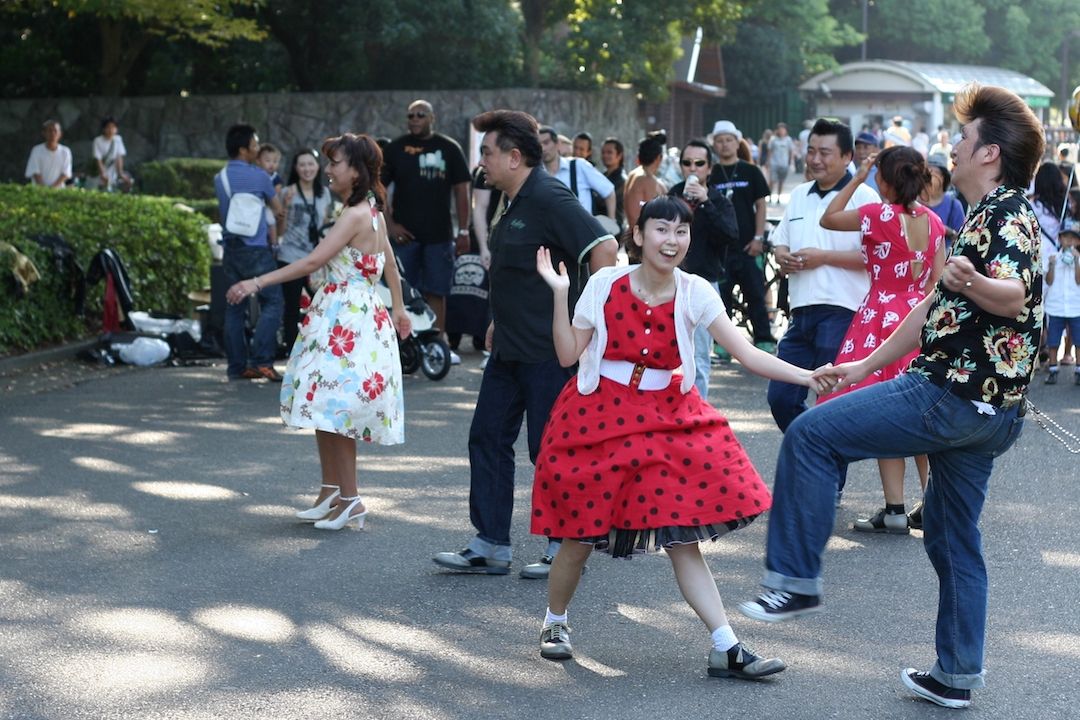
Located adjacent to Harajuku Station and Meiji Shrine in Shibuya, Yoyogi Park is a large park. One of the locals’ favourite parks, you will find jugglers, comedians and hobby groups enjoying the open space.
Nikko Edomura (Edo Wonderland)
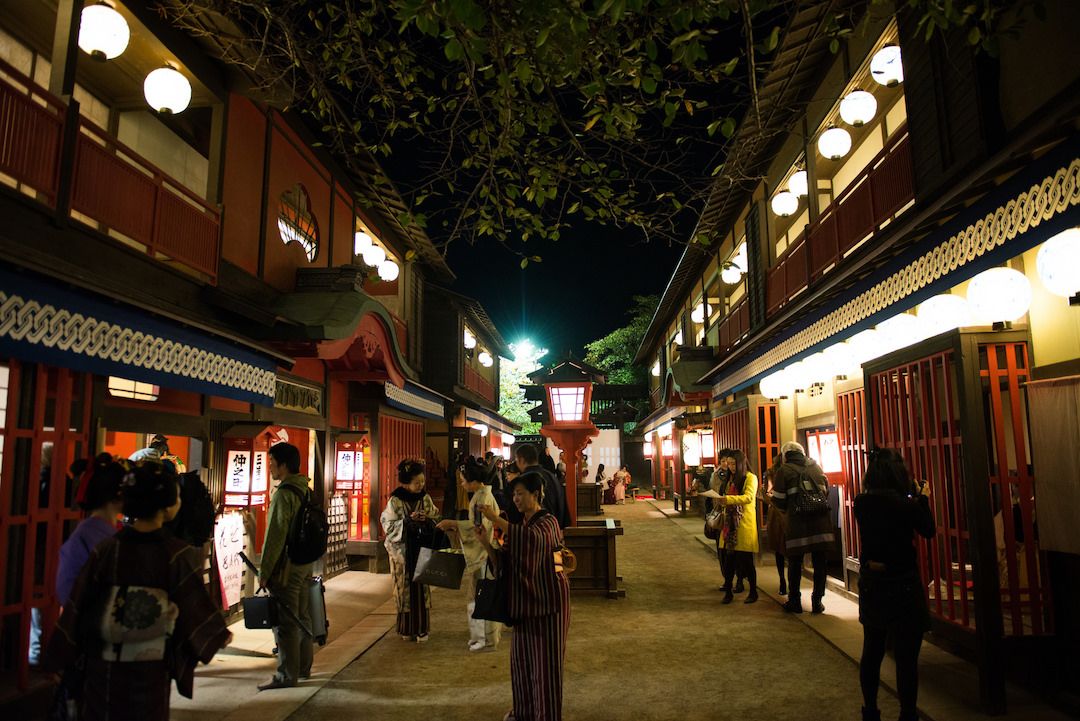
Existing as a cultural theme park, this attraction is dedicated to the life and culture of the Edo period. The park is designed to create the feeling of going back in time to the Edo period.
Meiji Shrine
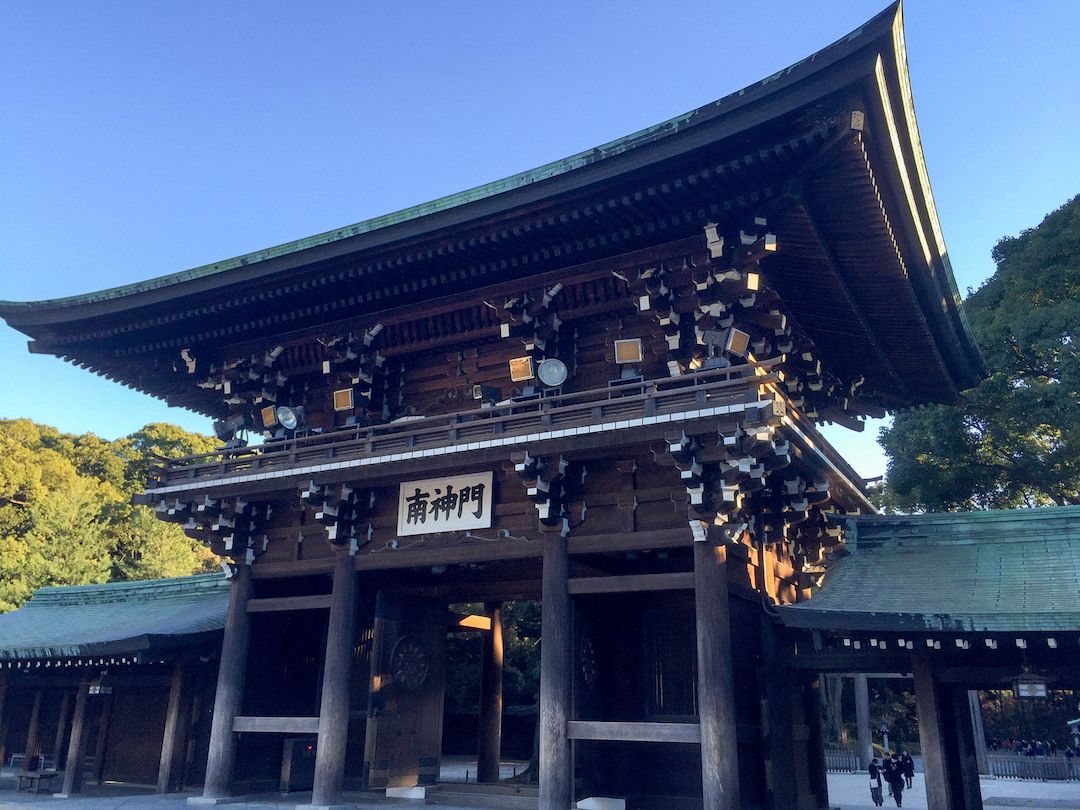
Possibly one of the most well-known temples in all of Tokyo, the Meiji Shrine is dedicated to the deified spirits of Emperor Meiji and his wife, Empress Shōken.
So have we answered the essential question that you’ve been asking yourself, “Should I Travel To Japan?” Do you have more questions? Then sit back, relax and watch our Ultimate Travel Guide:


